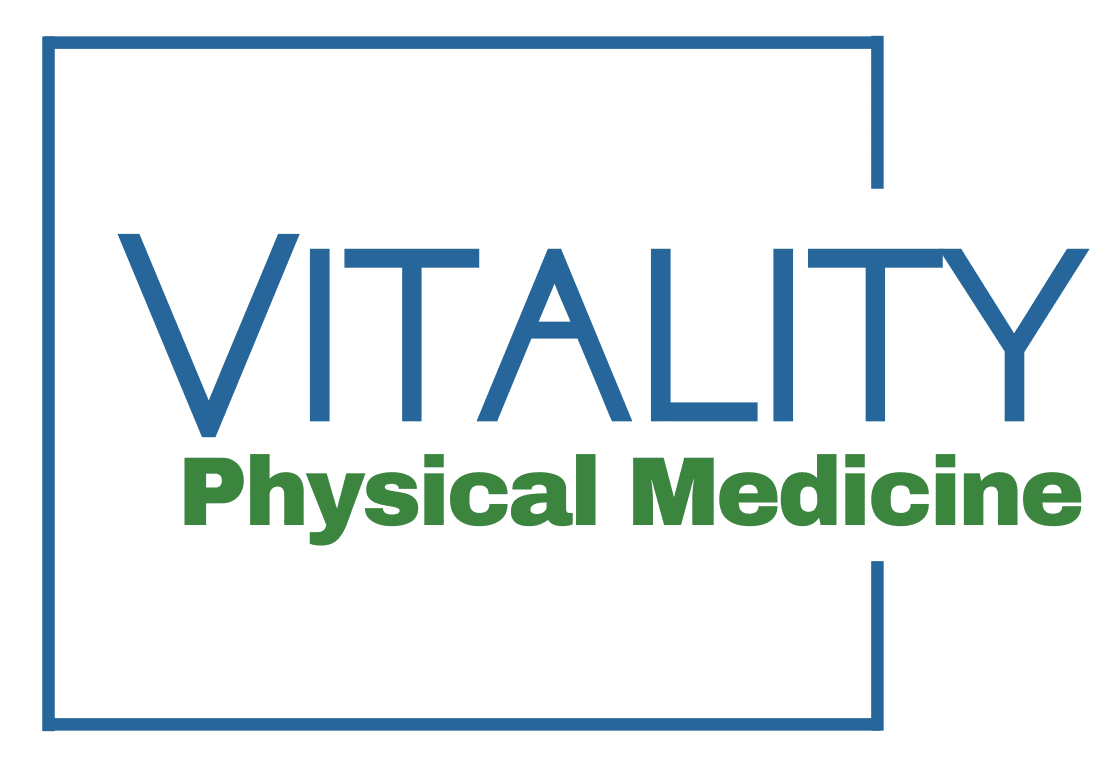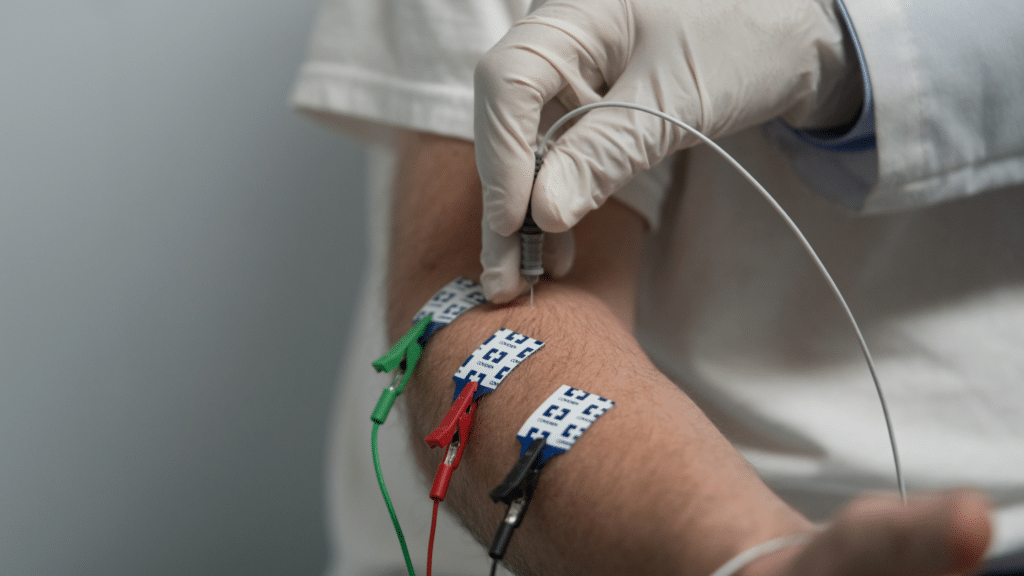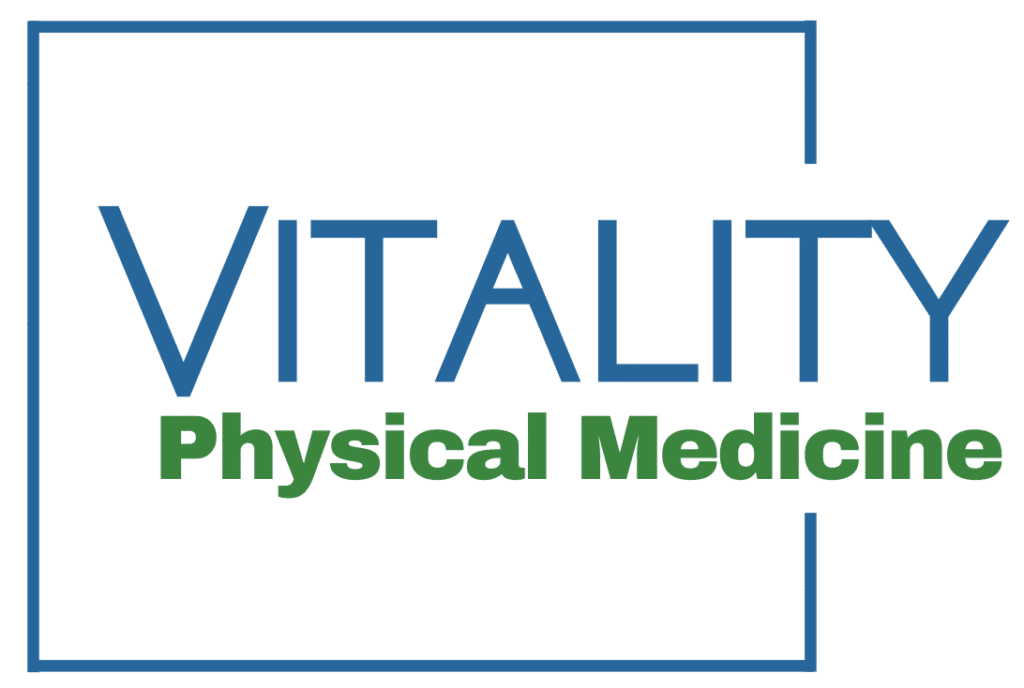Ultrasound-Guided Injections: Enhancing Precision and Safety in Musculoskeletal Care
Ultrasound-guided injections have emerged as a pivotal tool in treating various musculoskeletal conditions. By utilizing real-time imaging, ultrasound allows physicians to deliver treatments with remarkable accuracy, particularly in complex areas like the knee, shoulder, and hip. This technique is especially beneficial for conditions such as osteoarthritis, bursitis, and tendinopathy.
What Are Ultrasound-Guided Injections?
Ultrasound-guided injections are a modern approach to treating musculoskeletal conditions. By using ultrasound imaging, physicians can guide the needle with pinpoint accuracy, ensuring the medication is delivered exactly where it’s needed. This level of precision is critical, particularly in complex joints like the knee, shoulder, or hip, where traditional methods may fall short.
Benefits of Ultrasound in Precision Medicine
Ultrasound, also known as sonography, utilizes high-frequency sound waves to generate real-time images of the body’s internal structures. The dynamic imaging capability of ultrasound provides unparalleled precision, allowing physicians to:
- Visualize the needle’s path in real-time.
- Avoid important structures like blood vessels and nerves.
- Improve the accuracy of injections by over 90%, compared to the 30-40% accuracy rates of “blind” injections.
At Vitality Physical Medicine, Dr. Brooks uses this advanced technology to ensure optimal outcomes for his patients.
Advantages of Ultrasound Over Other Imaging Techniques
While other imaging techniques, such as fluoroscopy and CT scans, can be used to guide injections, ultrasound offers several distinct advantages:
Radiation-Free: Unlike fluoroscopy, which uses X-rays and exposes patients to radiation, ultrasound is completely free of radiation. This makes it a safer option, especially for patients requiring multiple procedures.
Superior Soft Tissue Visualization: Ultrasound provides excellent views of soft tissues, including muscles, tendons, and ligaments. This allows for more precise injections and the ability to avoid complications such as puncturing blood vessels or nerves.
Cost-Effective: Compared to CT-guided injections, which involve higher costs and radiation exposure, ultrasound offers similar levels of accuracy without these disadvantages.
Safety and Efficacy of Ultrasound-Guided Injections
The safety of ultrasound-guided injections is well-documented, with complications being extremely rare. As with any injection, potential risks include:
- Bleeding
- Infection
- Incomplete pain relief
However, the high degree of precision associated with ultrasound-guided injections significantly reduces the risk of complications, making this approach safer for patients.
Why Choose Dr. Joseph Brooks for Ultrasound-Guided Injections?
At Vitality Physical Medicine, Dr. Joseph Brooks specializes in ultrasound-guided joint injections. With over 200 hours of continuing medical education in musculoskeletal ultrasound (MSK US) and certificates of proficiency in treating various joints (hip, knee, shoulder, and more), Dr. Brooks is uniquely qualified to provide expert care for his patients. His extensive training ensures the highest level of precision and safety.
Dr. Brooks’ goal is to help patients manage pain, improve mobility, and enhance their overall quality of life. Whether you’re dealing with osteoarthritis, tendinitis, or another musculoskeletal issue, ultrasound-guided injections may provide the relief you need.
Schedule Your Ultrasound-Guided Injection Today!
If you’re in Davenport, Iowa, or the Quad Cities area, and are seeking effective treatment for joint or soft tissue pain, Vitality Physical Medicine is here to help. Call us at 563-424-6400 or schedule an appointment online by clicking the button below!



